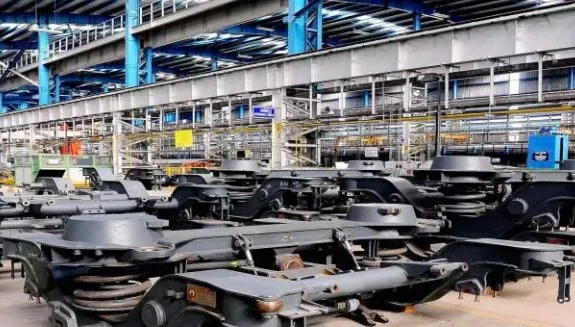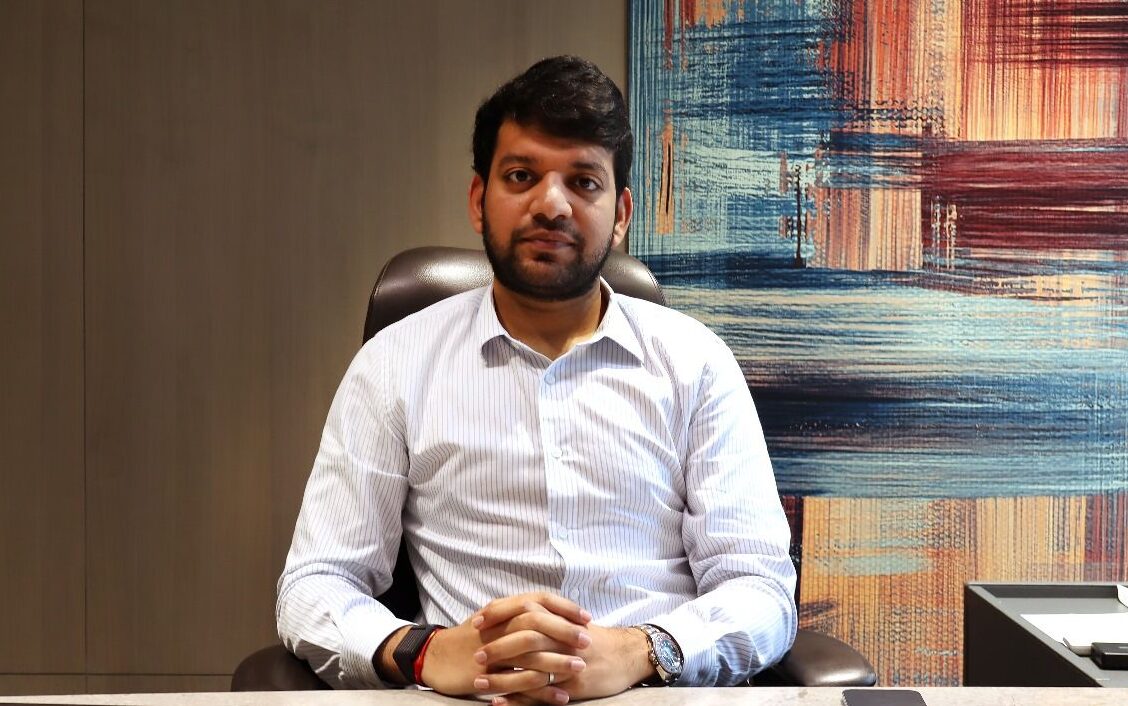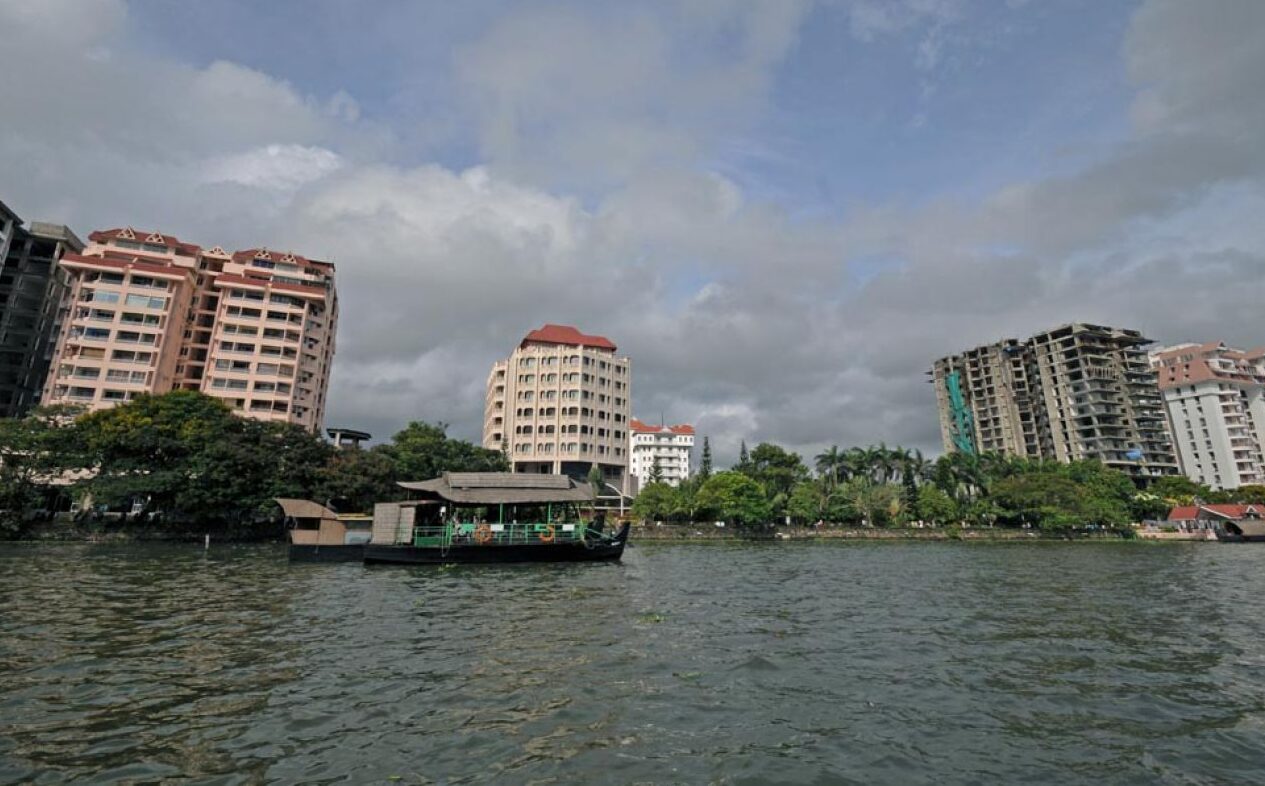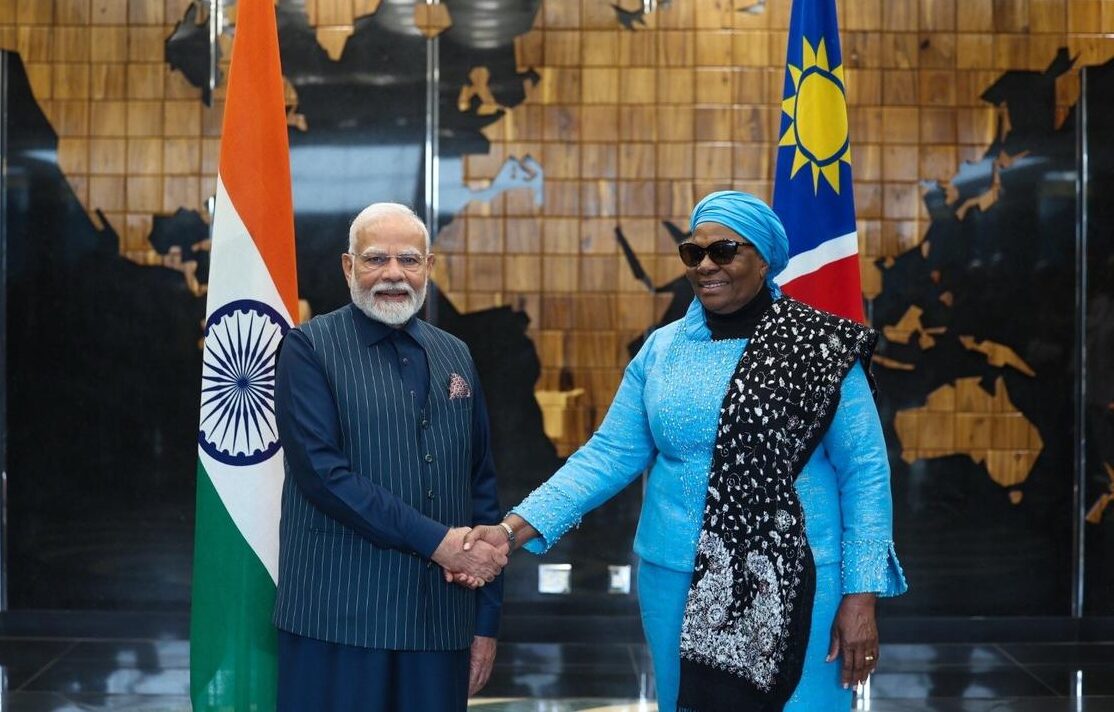India’s GDP is expected to grow by 6.5% in fiscal years 2025–2026 (FY26) and 2026–2027 (FY27), according to the International Monetary Fund (IMF). The IMF’s confidence in India’s economic potential and resilience is demonstrated by this steady forecast.
Overview of the Projection of IMF
India’s GDP growth is predicted by the IMF to decrease from 8.2% in FY24 to 7% in FY25 before levelling off at 6.5% in FY26. As the economy resumes its potential growth trajectory, this adjustment is ascribed to the depletion of pent-up demand that had accumulated during the pandemic.
According to the IMF’s most recent projections for 2024 and 2025, the US is a major contributor to world growth. However, India’s significant growth prospects indicate economic resilience in the face of global fluctuations.
IMF forecasts that the average annual rate of headline inflation worldwide will decline from 6.7% in 2023 to 5.8% in 2024 and then to 4.3% in 2025. For India, headline inflation is expected to be 4.4% in the fiscal year 2024-2025 (FY25) and 4.1% in FY26. A stable economy and a conducive inflationary environment are indicated by these IMF forecasts.
Factors Influencing India’s Growth
- Economic Resilience: India is less dependent on any one sector thanks to its diverse economy. A large and expanding middle class is the main driver of high domestic demand.
- Structural Reforms: Investment and productivity have increased as a result of the Make in India and Digital India policies.
- Infrastructure Development: Government spending on digital connectivity, roads, and railroads boosts employment and economic activity.
- Demographic Dividend: Innovation and a steady supply of talent are guaranteed by a youthful, vibrant workforce.
- Export Growth: As textiles, pharmaceuticals, and information technology gain traction on the international market, external trade is increased.
The IMF’s projections depend on various variables, such as the state of the world economy, domestic policy continuation, and geopolitical stability. To meet these growth goals, careful budgetary management, infrastructure construction, and continuous structural reforms will be necessary.


























